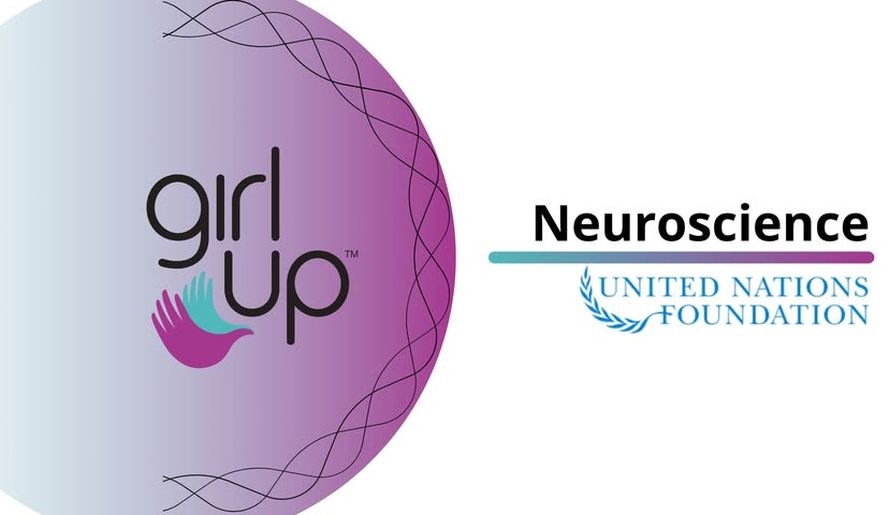School dropout rate in Romania
Ways to prevent school dropout in Romania

România Internațional, 04.12.2019, 11:00
More than one third of Romanias children live below poverty level. Gaps between urban and rural areas are significant as regards basic rights, healthcare, education, living standard, a report for 2019, jointly compiled by the Save the Children organization and the Ombudsman, has revealed. George Roman is the Save the Children programs manager.
George Roman:
“In our report, figures point to an emergency situation as regards the observance of childrens rights. Its just that we have come to the point where we cannot carry on like that any longer, and we should take into account data revealing persistent poverty, rampant under-financing for the social protection and the education system, but also indifference towards investments on childrens health condition. Worth noting is the fact that in Romania, two times less money is invested in almost all sections as compared to the European average, and it looks like the data rather reveal the condition of a country in Asia, Africa or South America. And saying that, Im not exaggerating. For example, in Romania, around 30,000 children in the primary and secondary education system are school dropouts every year, while for a generation pursuing the compulsory education program, there are around 350,000 children we lose. They do not return to the school system any longer. It is a very big and worrying figure. “
As for the infant mortality rate, Romania is top-ranked across the European Union, with a mortality rate being two times greater than the average across the European Union, for children aged between zero and nine years. Infantile mortality has a very serious situation, even though the “save the Children” organization, for the 9th year in a row, has implemented the most comprehensive nationwide program of providing medical equipment to maternity hospitals.
George Roman:
“We have a mortality rate standing at 6.5 for one thousand newborn infants, countrywide. However, there are counties, Tulcea, for instance, where the reported mortality rate for 2018 accounted for almost 16 children for one thousand newborn infants. Something like that happens in countries from other continents, but not from Europe. As for social security, the expenditure is so low that we have reached 14 per cent, while the European average stands at 28%. To give you an example, for social services alone, we spend about 0.6% of the GDP, while the average percentage across the European Union accounts for 2.7. Therefore, for the social services mainly tailored for families with social problems, which is the case for many of our children, we spend 4.5 times less. We dont even have the faintest idea of how serious poverty situations are in the rural areas, as we do not have social workers in one third of localities countrywide. “
The Report compiled by the Save the Children Organization also shows that in Romania, more than 150,000 children do not have a meal before bedtime. The reported figure is for the children in rural areas alone. The most seriously exposed to such a risk are the children with more than two brothers.
George Roman:
“At present, one in five children in Romania lives in severe material deprivation conditions, which means that families cannot afford to provide enough food for their children, a place to live on a permanent basis, they do not have money for heating. Teen child-bearers, children with children, that is, have yet again placed us in statistics. A worrying phenomenon, for us. Each year, in Romania, we have 17,000 teenage mothers, we actually have 34 mothers younger than 19 for a thousand of teenage girls. There are 8 African states I know of, where the ratio is below 34 (Rwanda, Kenya, Burundi, Djibouti, Botswana, the entire Maghreb, Morocco, Algeria, Lybia), countries having between 15 and 30 teenage child-bearers for one thousand teenage girls. We are not even included in European rankings, where the ratio stands at somewhere between 8 and 9, while we have 34, just like the Bulgarians.”
In spite of all these worrying figures, in Romania there are initiatives attempting to improve education in schools,. The “Ferdinand” school in Bucharest is one of Romanias inclusive education schools. All children in the school enjoy equal treatment, irrespective of their ethnicity or health condition. The school can be viewed as an example, with its modern and friendly classrooms, attractive teaching methods and extracurricular activities, courses in programming, in learning Math using a tablet and the interactive board, on offer there are also courses in dancing, drama and gardening.
The poor financing of the education system was in no way disheartening for the principal of the institution, Violeta Dascalu, to carry her projects through.
Violeta Dascalu:
“We started off from a rather gray zone, from an environment where school dropout rate was quite high, in 2009 it stood at about 6.5%. Our community is very diverse, 23% of our pupils are Rroma, we have a rather high percentage of underprivileged children, children whose parents work abroad or parents with a very poor education or dismembered or single-parent families. We had to cope with that. The come to school campaign was the first point we started from. We learned to work with children in a different way, we were included in European school dropout limitation programs, we did a lot of work in the non-formal area, in that we had partnerships with many NGOs or higher education institutions. In the last two years we invested a lot in the training of our teaching staff and in the creation of a state of harmony in school, which makes us feel good about the profession we have chosen for ourselves and especially about how we relate to the children. Relationships are sound, fine, open, parents are willing to work with the school and we turned them into a powerful and steady partner, with whom we carry projects. The most recent project we have been working on focuses on professional training, in partnership with VIA University College in Denmark. We also have a very beautiful garden, it is an outdoor classroom, we have a sports court and all our areas are accessible to all children. Our school is open seven days a week. We have reduced school dropout significantly, and this fall we only had six children who no longer come to school. “
The principal of the “Ferdinand” Secondary School in Bucharest, Violeta Dascalu, turned an ordinary neighborhood school, with children coming from underprivileged families and with a high dropout rate, into an educational model. For this reason, the US Embassy in Bucharest awarded the school the “Brave Women” prize, in 2017.






























